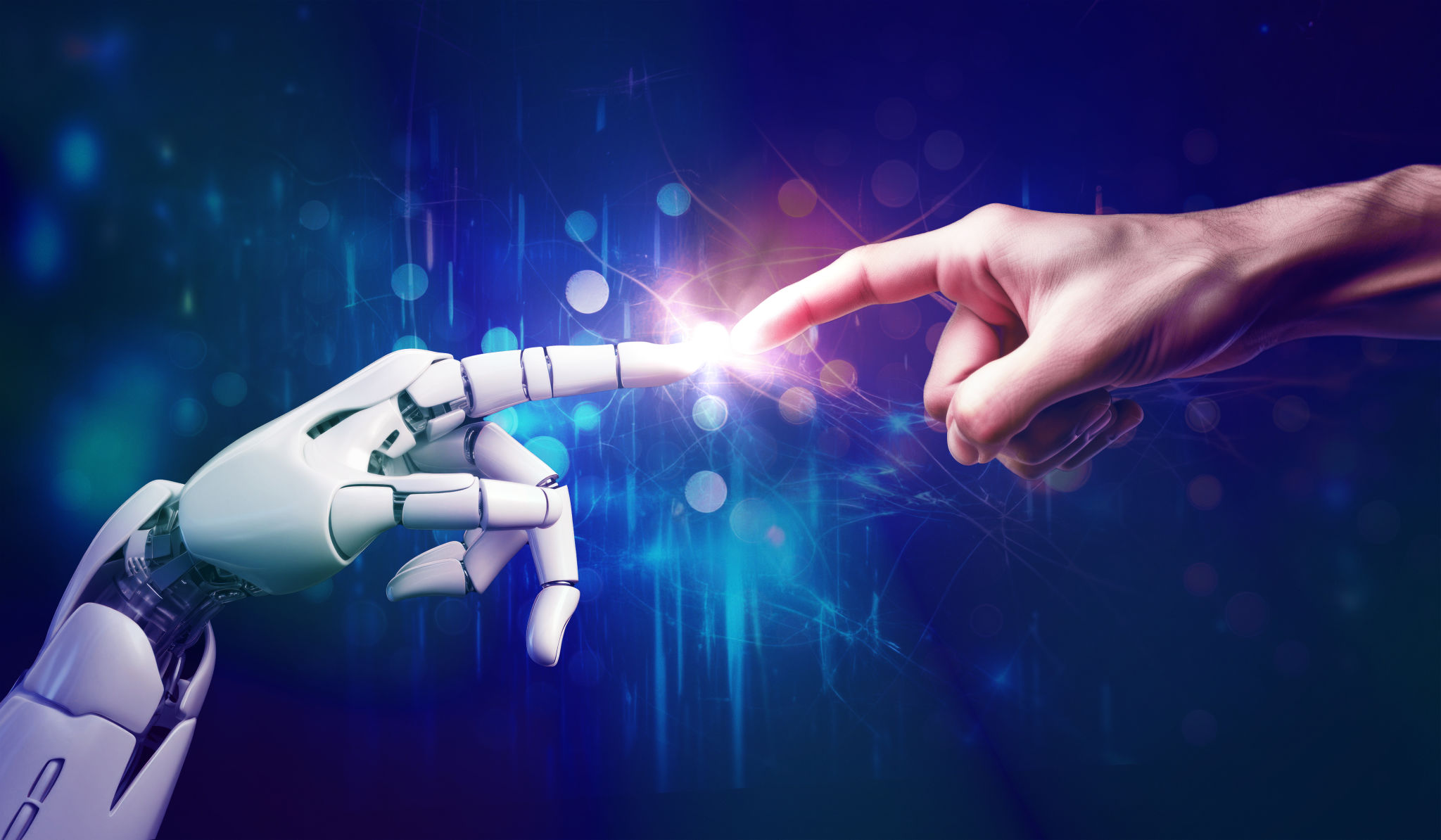Debunking Common Myths About AI in Problem Solving
Understanding AI's Role in Problem Solving
Artificial Intelligence (AI) has been making waves across various industries, offering innovative solutions to complex problems. However, several myths surrounding AI's capabilities in problem-solving persist. These misconceptions can lead to unrealistic expectations or unnecessary skepticism. In this blog post, we aim to debunk some of the most common myths about AI in problem-solving.

Myth 1: AI Can Solve Any Problem
A prevalent myth is that AI can solve any problem thrown its way. While AI technologies are powerful, they are not a one-size-fits-all solution. AI is highly effective in areas where there is a large amount of data and clear patterns can be identified. However, it struggles with problems that require deep intuitive understanding or creative thinking, which are typically human strengths.
For instance, AI excels in tasks like data analysis, predictive modeling, and automation. Yet, it may not be the best tool for tasks that require empathy or moral judgments, such as counseling or ethical decision-making.
Myth 2: AI Works Independently
Another common misconception is that AI operates independently, without human intervention. In reality, most AI systems require substantial human oversight and guidance. Humans are responsible for training AI models, fine-tuning algorithms, and providing the contextual knowledge necessary for AI to function effectively.
Furthermore, AI systems need continuous monitoring and updates to ensure they adapt to new data and changing environments. Ignoring the human element can lead to poor outcomes and even ethical concerns in AI applications.

Myth 3: AI Makes Decisions Without Bias
It's often believed that AI is inherently unbiased and makes objective decisions. However, AI systems are only as good as the data they are trained on. If the training data contains biases, the AI will likely perpetuate those biases in its decision-making processes. This can result in unfair outcomes, particularly in areas like hiring or law enforcement.
To combat this issue, it's crucial to ensure diversity in training datasets and implement bias-detection mechanisms. Regular audits and transparency in AI systems can also help mitigate bias and improve fairness.
Myth 4: AI Will Replace Human Jobs
The fear that AI will replace human jobs is rampant. While it's true that AI can automate certain tasks, it is more likely to augment human capabilities rather than replace them entirely. AI can handle repetitive and mundane tasks, freeing up time for humans to focus on more strategic and creative work.

Moreover, the rise of AI creates new opportunities and roles that didn't exist before. Fields like AI ethics, data science, and machine learning engineering are expanding rapidly, offering exciting career paths for those willing to adapt and learn.
The Future of AI in Problem Solving
As we continue to explore the potential of AI in problem-solving, it's important to approach it with a balanced perspective. By dispelling myths and understanding both the strengths and limitations of AI, we can better harness its power for transformative change.
In summary, while AI presents remarkable opportunities for innovation, a clear understanding of its capabilities and limitations is essential for leveraging its full potential responsibly. By combining human ingenuity with AI's computational power, we can tackle some of the most pressing challenges facing our world today.
